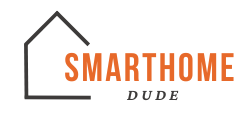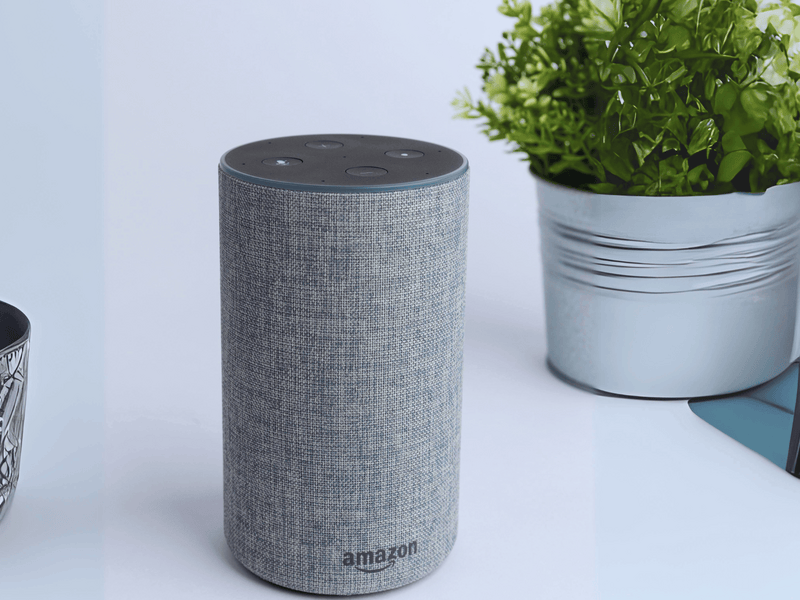In today’s fast-paced world, technology has become an integral part of our lives, even in our homes. Smart home devices have revolutionized the way we interact with our living spaces, making them more convenient, efficient, and secure. One technology that has gained significant popularity in recent years is Zigbee, a wireless communication protocol specifically designed for smart home devices. In this article, we will explore the power of Zigbee smart home devices and how they can transform your home into a smart haven.
Benefits of Zigbee Smart Home Devices
One of the primary advantages of Zigbee smart home devices is their ability to create a connected ecosystem within your home. Unlike traditional devices that work in isolation, Zigbee devices can communicate with each other seamlessly, allowing for a more integrated and intelligent home automation system. This means that you can control multiple devices, such as lights, thermostats, door locks, and security cameras, from a single app or voice command.
Another benefit of Zigbee smart home devices is their low power consumption. Zigbee devices are designed to be energy-efficient, which means they can operate on battery power for extended periods. This not only saves you money on electricity bills but also reduces the environmental impact of your home automation system.
Additionally, Zigbee devices offer robust security features to protect your privacy and data. Zigbee employs advanced encryption techniques, making it difficult for hackers to gain unauthorized access to your smart home network. This gives you peace of mind knowing that your home automation system is secure.
Zigbee Compatibility and Interoperability
One of the key advantages of Zigbee is its compatibility and interoperability with other smart home devices. Zigbee devices can easily connect and communicate with a wide range of devices, including those using other protocols like Z-Wave. This means that you have the flexibility to choose from a variety of devices when building your smart home network.
Zigbee’s interoperability also extends to smart home hubs. Many smart home hubs, such as Amazon Echo Plus and Samsung SmartThings, support Zigbee, allowing you to control your Zigbee devices through a central hub. This simplifies the setup process and provides a unified interface to manage all your smart home devices.
Zigbee Smart Home Hub Compatible Devices
When setting up a Zigbee smart home network, it is important to ensure that your devices are compatible with your chosen smart home hub. Not all Zigbee devices work with all smart home hubs, so it’s essential to do your research before making a purchase.
Some popular Zigbee smart home hub compatible devices include smart bulbs, smart plugs, smart thermostats, smart locks, and smart sensors. These devices can be seamlessly integrated into your Zigbee network, allowing you to control them using your smart home hub or voice assistants like Amazon Alexa or Google Assistant.
How to Set Up a Zigbee Smart Home Network
Setting up a Zigbee smart home network is relatively straightforward. Here are the basic steps to get you started:
- Choose a Zigbee-compatible smart home hub: Research and select a smart home hub that supports Zigbee. This will serve as the central control unit for your Zigbee smart home network.
- Purchase Zigbee devices: Select the Zigbee devices you want to integrate into your smart home network, considering factors such as compatibility, functionality, and design.
- Install and connect devices: Follow the manufacturer’s instructions to install and connect each Zigbee device to your smart home hub. This typically involves using a mobile app or pairing mode to establish a connection.
- Configure settings: Use the smart home hub’s app or web interface to configure settings for each Zigbee device. This may include customizing device names, creating automation routines, and setting up voice control.
- Test and optimize: Once your Zigbee smart home network is set up, test each device to ensure they are working correctly. Fine-tune settings and troubleshoot any issues that may arise.
Popular Zigbee Smart Home Devices
Zigbee smart home devices come in various forms and functionalities. Here are some popular Zigbee devices that can enhance your smart home experience:
- Zigbee Smart Bulbs: These energy-efficient bulbs allow you to control the brightness and color of your lights using your smartphone or voice commands.
- Zigbee Smart Plugs: Transform any regular appliance into a smart device by plugging it into a Zigbee smart plug. You can remotely turn on or off the plugged-in device and monitor its energy consumption.
- Zigbee Smart Thermostats: Regulate the temperature of your home with Zigbee smart thermostats. Enjoy energy savings by creating custom heating and cooling schedules.
- Zigbee Smart Locks: Enhance the security of your home with Zigbee smart locks. These locks can be controlled remotely, provide keyless entry options, and allow you to grant temporary access to guests.
- Zigbee Smart Sensors: Monitor your home’s environment with Zigbee smart sensors. From detecting motion and opening doors to measuring temperature and humidity, these sensors provide valuable insights for a safer and more comfortable living space.
Exploring the Range of Zigbee Smart Home Devices Available
The range of Zigbee smart home devices available in the market is vast and continually expanding. From lighting and security to entertainment and energy management, there is a Zigbee device for almost every aspect of your home.
Some other notable Zigbee devices include Zigbee-enabled speakers, smart blinds, water leak detectors, and even Zigbee-enabled kitchen appliances. The versatility and compatibility of Zigbee make it a popular choice for homeowners looking to create a comprehensive smart home ecosystem.
Tips for Integrating Zigbee Smart Home Devices into Your Home
Integrating Zigbee smart home devices into your home can be an exciting endeavor. Here are some tips to ensure a smooth and successful integration:
- Plan your smart home ecosystem: Before purchasing Zigbee devices, consider your specific needs and goals. Create a plan for how you want your smart home ecosystem to function and look for devices that align with that vision.
- Check compatibility: Ensure that the Zigbee devices you choose are compatible with your existing smart home hub or the hub you plan to purchase. This will avoid any compatibility issues and streamline the setup process.
- Start small and expand gradually: Building a smart home doesn’t have to happen overnight. Start with a few essential Zigbee devices and gradually expand your network as you see fit. This allows you to test and familiarize yourself with the technology before committing to a larger investment.
- Explore automation possibilities: Take advantage of the automation capabilities offered by Zigbee devices and your smart home hub. Create routines and scenes that automate tasks based on triggers like time of day, occupancy, or sensor readings. This will enhance the convenience and efficiency of your smart home.
- Keep security in mind: Protecting your smart home network from potential security threats should be a priority. Regularly update your devices’ firmware, use strong passwords, and enable two-factor authentication whenever possible. Additionally, consider adding a firewall or network security appliance to further secure your smart home network.
Conclusion: The Future of Zigbee Smart Home Technology
As technology continues to advance, the future of Zigbee smart home technology looks promising. With its compatibility, interoperability, and energy efficiency, Zigbee is well-positioned to play a significant role in the smart home ecosystem.
As more manufacturers adopt Zigbee as their preferred communication protocol for smart home devices, consumers can expect a wider range of options and seamless integration between different brands and devices. This will further enhance the convenience, comfort, and security of our homes.
So, if you’re looking to transform your home into a smart haven, consider exploring the power of Zigbee smart home devices. Embrace the possibilities that this technology brings and enjoy the benefits of a connected and intelligent home.




